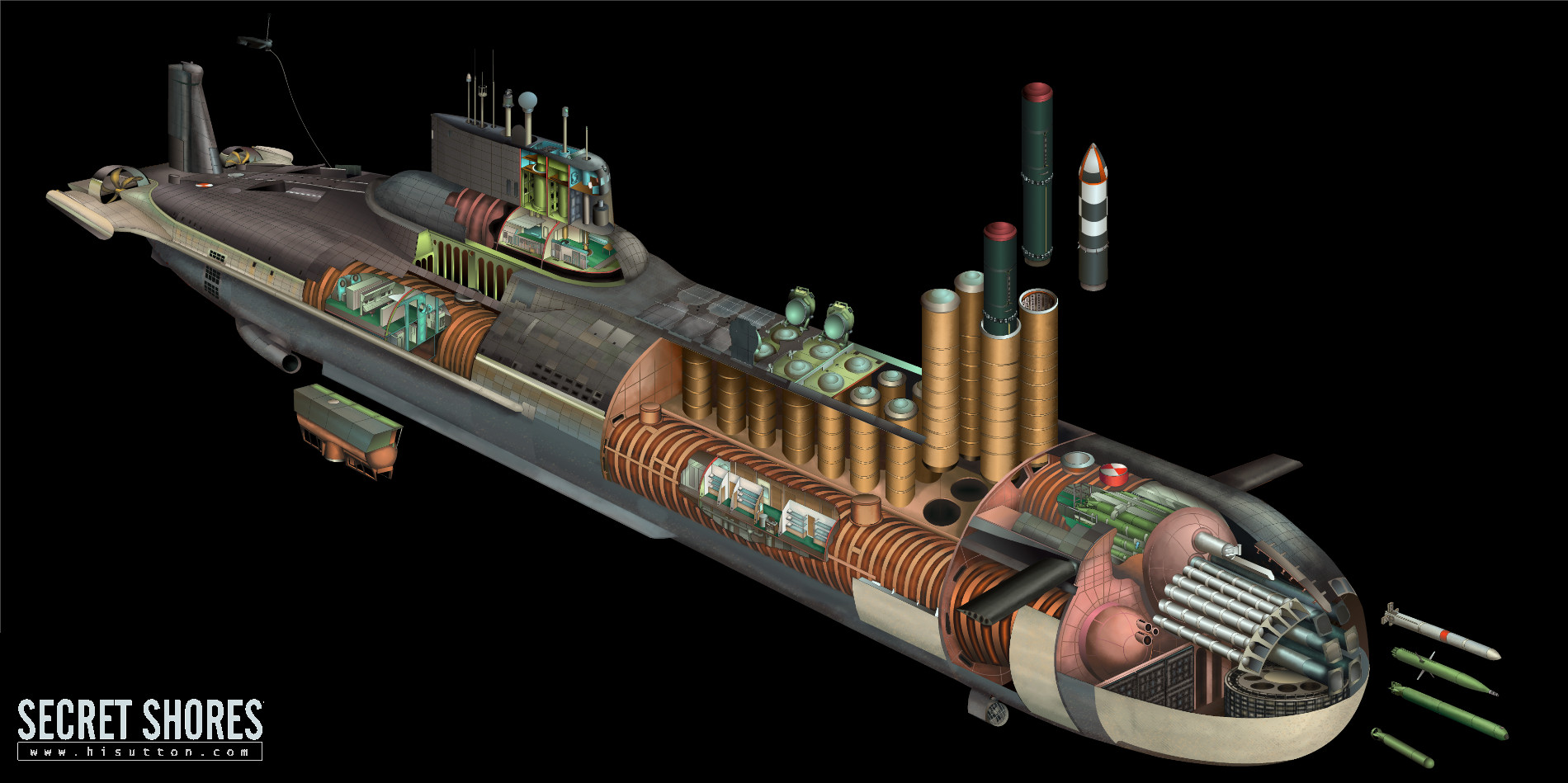
%2Band%2BSamara%2B(right).jpg)
Even the most optimistic assessment does not see the first unit being delivered by the end of this decade. It takes six years to build a conventional submarine, and the process leading up to the contract can take as long. The Project 941 or Akula, Russian '' ('Shark') class submarine ( NATO reporting name: Typhoon) is a type of nuclear-powered ballistic missile submarine deployed by the Soviet Navy in the 1980s. The RFP, however, is only the start of a long process of evaluating which of the two shortlisted shipyards-Mazagon Docks Ltd or Larsen&Toubro-can be given a contract. The first three Pr. These include a stern and sail which resemble US Navy submarines. On July 20 this year, India’s defence ministry floated a Request for Proposals (RFP) to build six SSKs in India under the Project 75I (P-75I) conventional submarine project. The design incorporates many Western design influences.

It will acquire only three more SSKs this decade and will retire at least four older SSKs. It has projected a requirement of 18 SSKs and six SSNs but has only 14 SSKs and no SSNs. Decades of indecision and the lack of a clear indigenous build programme have left the Navy critically short of submarines, both conventional and nuclear-powered. Designated the 'Akula' class by the West, and also widely known as the Bars (Snow Leopard) class, the submarine is reported to be officially designated Project 971 Shuka B (shuka is an. Today, they make up about half of Russia's dwindling fleet of nuclear-powered attack submarines. The Russian offer might appear attractive to the Indian Navy, whose submarine arm is facing a crisis. The steel-hulled submarines of the Project 971 Schuka-B, designated by the West as Akula class were easier and cheaper to built than the Sierras, and are essentially successors to the prolific Victor class.


 0 kommentar(er)
0 kommentar(er)
